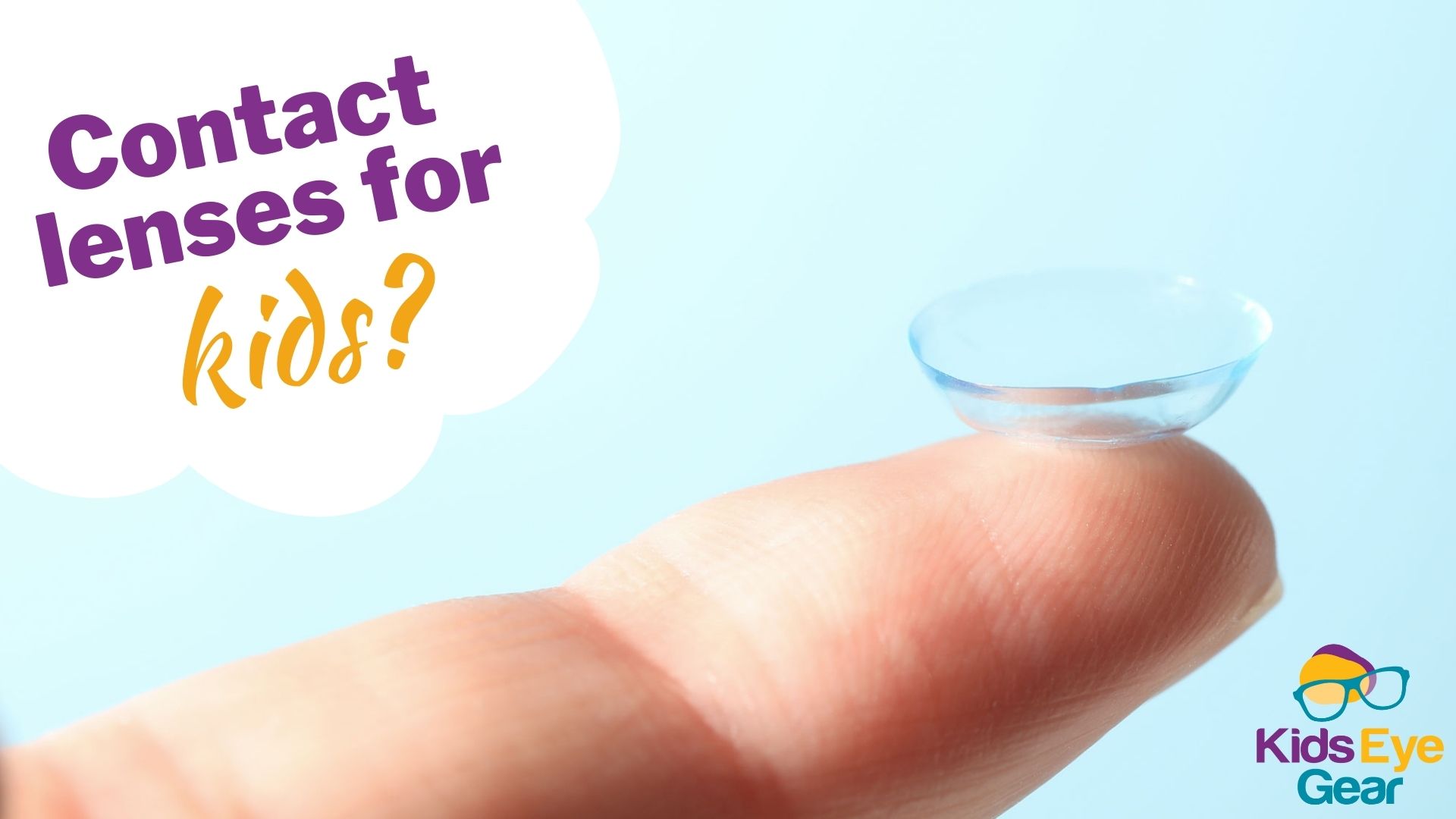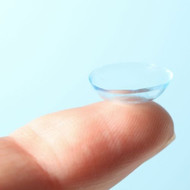Contact Lenses for Kids
30th Aug 2021

Contact lenses for kids can be quite challenging, especially if they are needed for babies and very young children. Many kids that have congenital cataracts will be prescribed contact lenses for their aphakic eye or eyes after their lens is removed. This is because without the natural lens, they require a very high prescription which would mean extremely thick and heavy glasses, which could be uncomfortable for the child. Having a contact lens rather than glasses for such high prescriptions also helps the brain adjust to the differences in vision in unilateral lens kids.
After ten years of managing my 10-year-old son's contact lens and seeing how other parents handle it, here is a list of tips to cope with contact lens insertion and removal.
There are various phases that kids will go through when it comes to contact lens removal and insertion
Just like kids go through phases with food, play, behaviour and more, they will go through phases when it comes to contact lens insertion and removal. This is pretty normal and something most contact lens parents endure. One month you’ll be sailing along, the next it’s a battle. However, it does typically get easier as they get older. When they start to understand what’s going on and can be reasoned with to a degree, the challenge becomes less.
Tips on getting a contact lens in and out
- Try anaesthetic drops before you remove and insert the lens.
- Rewetting drops before you take out and put in.
- Pop your baby or toddler in a swaddle/sleeping bag.
- I used to think that I had to press the contact lens to his eyeball, which looking back probably caused a lot of the discomfort for him. It took a while to realise that with the plunger I could drop it on his eye from about 2-3mm out. The drops put in beforehand and the solution still on the lens, meant that they would sort of suction together and the lens would then stay on the surface of his eye.
- You can try changing their contact lens when they’re asleep.
- Give them a bottle or toy or even your phone to distract them
- Touch their face and around their eye frequently so they’re used to the sensation.
- You can try doing it while they’re in a high chair, car seat or even a baby carrier. They’ll be restrained but not too much so.
- Lay them on the floor and pop your leg over their upper body, keeping arms by their side. This will give you two hands to work with but keep the child down.
- Use a count system – 1, 2, 3 – so the child learns to stay still for just the count of 3.
- If they’re old enough, involve them in the process. They could start off helping to rinse the lens, or hold the plunger.
- Bribery/Incentive – instead of a patching chart, make it a contact lens chart. Every time they do it without fuss, they get a sticker or mark. Add them up and they get a prize.
- Get the child to watch videos of other kids having their contact lenses changed.
- Pretend to put contacts in a favourite toy or even a few toys. Line them up, ‘put’ them in and then it’s your child’s turn.
- Read a book about contact lenses. Juliette Vignola’s books are extremely helpful for this.
- Get comfortable – work out whether your child likes the couch, a particular chair, the bed or even the floor. Maybe even let them choose where it’s going to happen.
- Daily insertion – a lot of parents swear by daily insertion and removal. Honestly, I couldn’t have coped with going through that on a daily basis when he was a baby but can see how it might help if you’re brave enough.
Contact lens health tips
Hygiene is paramount!
Change the contact lens as per the instructions from your healthcare professional.
In most countries, water should be avoided. This is due to acanthamoeba which can live in water and have devastating effects should it burrow into the eye. We are so ridiculously vigilant with this that Dane wears goggles in the shower, only washes his hair when his lens is out, doesn’t wear contacts for swimming or in the ocean and the lens is taken out if he gets any splashes of water in his face. Obviously we’re fortunate that he can still operate with one eye, so having a bilateral kid would be much more challenging. Back up glasses would be a good option for bilateral kids and you could even get prescription goggles.
Tips for keeping a contact lens in
Sometimes when kids are really young they will rub their eyes and the contact lens will pop out. This is pretty annoying if they do it when they’re asleep or waking up from sleep. If you’re happy to remove and insert multiple times a day you could take the lens out for naps. Otherwise you could pop a patch on the contact lens eye while they nap. Obviously if they’re patching, you’d need to take the other patch off so you don’t have both eyes covered.
If your child likes to rub their eyes while in the car, you can keep them distracted with a toy, an iPad or food. I’ve also heard of some parents using mittens or arm restraints.
Ensuring you have a great fitting contact lens will help with the lens staying in on its own.
And finally.....
If in doubt about ANYTHING to do with your child’s contact lens, contact your prescribing optometrist. They are the expert and will have the most up to date and precise information.
Want to watch some great videos on contact lens insertion and removal?
There are some fantastic videos on Youtube where parents show how they insert and remove contact lenses in their kids.
RGP lens insertion and removal in older child
RGP lens insertion and removal with anaesthetic drops
Cataract Kids Australia examples
Otherwise a simple search will bring plenty of others up.

